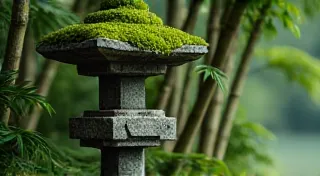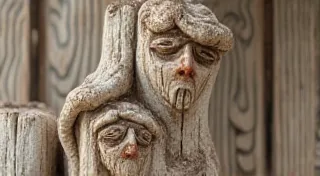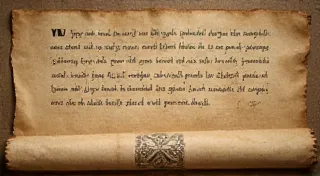The Weight of Grain: Finding Strength and Vulnerability
The scent hits you first. A warm, earthy aroma, a whisper of cherry blossom and aged wood. It’s the smell of history, of patient hands and quiet dedication. It's the smell of Mokuhanga, Japanese woodblock printing, and it's a scent that speaks volumes about the inherent beauty and surprising fragility at the heart of the process.
I first encountered this scent years ago, not in a bustling printmaking studio, but in the dusty corner of an antique shop. It wasn’t the prints themselves that drew me in, although their subtle colors and understated elegance were certainly captivating. It was an old, disassembled printing block, a fragment of a larger work, lying forgotten amidst chipped porcelain and tarnished silverware. Picking it up, the weight of the grain felt significant, imbued with a silent narrative. I didn't understand the craft then, not really, but I felt a connection – a sense of reverence for the material and the unseen hands that had shaped it.
More Than Just Wood: The Material’s Voice
Mokuhanga isn’t simply about carving a design into wood. It's about listening to the wood. The material dictates so much of the process. Unlike Western woodcut, where hard, close-grained woods are preferred, Mokuhanga traditionally uses softer woods, particularly cherry (sakura) and paulownia (kiri). These woods, while more susceptible to damage, possess a unique ability to hold fine detail and absorb water-based inks evenly, leading to the characteristic delicate gradations and subtle color blending that define the aesthetic. The grain isn’t merely a structural element; it’s a character, a voice that the artist must acknowledge and work with.

This inherent duality – the strength of the wood providing a foundation for the image, and the vulnerability of the grain demanding respect and adaptability – is what makes Mokuhanga so profoundly compelling. The artist doesn't dominate the material; they collaborate with it. A knot, for instance, isn't avoided; it's integrated into the design, becoming a focal point, a testament to the wood’s history and individuality. A crack isn't a failure; it’s a reminder of the material’s delicate nature and a prompt for creative problem-solving.
A Legacy of Quiet Dedication
The history of Mokuhanga is intertwined with the history of the Japanese people. While precursors existed earlier, the technique flourished during the Edo period (1603-1868), becoming a vital form of mass communication and artistic expression. Ukiyo-e, the "pictures of the floating world," are perhaps the most well-known examples of Mokuhanga prints, depicting scenes of everyday life, landscapes, and portraits of kabuki actors and courtesans. These prints weren't created by lone geniuses; they were the result of collaborative efforts between artists, carvers, and printers. The artist would create the original design, a skilled carver would meticulously transfer it to a series of blocks, each representing a different color, and a printer would carefully apply the ink and paper, layering the colors to create the final image.
Consider the painstaking work of a traditional woodblock carver. Hours are spent meticulously chiseling away at the wood, guided by a master's design. Each cut is deliberate, each line carefully considered. A slight tremor, a moment of carelessness, and the entire block can be ruined. It's a process that requires immense skill, unwavering concentration, and a deep respect for the material.
Embracing Imperfection: Wabi-Sabi in Print
The aesthetic principles of Wabi-Sabi, the Japanese philosophy that finds beauty in imperfection and transience, are deeply ingrained in Mokuhanga. There's a willingness to accept, even celebrate, the inherent flaws and irregularities that arise during the process. A slight smudge, a subtle variation in color – these aren't seen as mistakes, but as unique characteristics that add to the print’s character and charm. The best Mokuhanga prints are not perfect replicas; they are individual expressions of the artist's vision and the material’s personality.
Think of antique accordions – instruments of exquisite craftsmanship, yet often bearing the marks of time: scratches on the bellows, faded keys, the faint scent of years of use. The imperfections don’t diminish their value; they enhance it, telling a story of a life lived, music played, and memories created. Mokuhanga prints possess a similar quality – they are tangible artifacts of a moment in time, bearing the marks of the artist's hand and the wood’s grain.
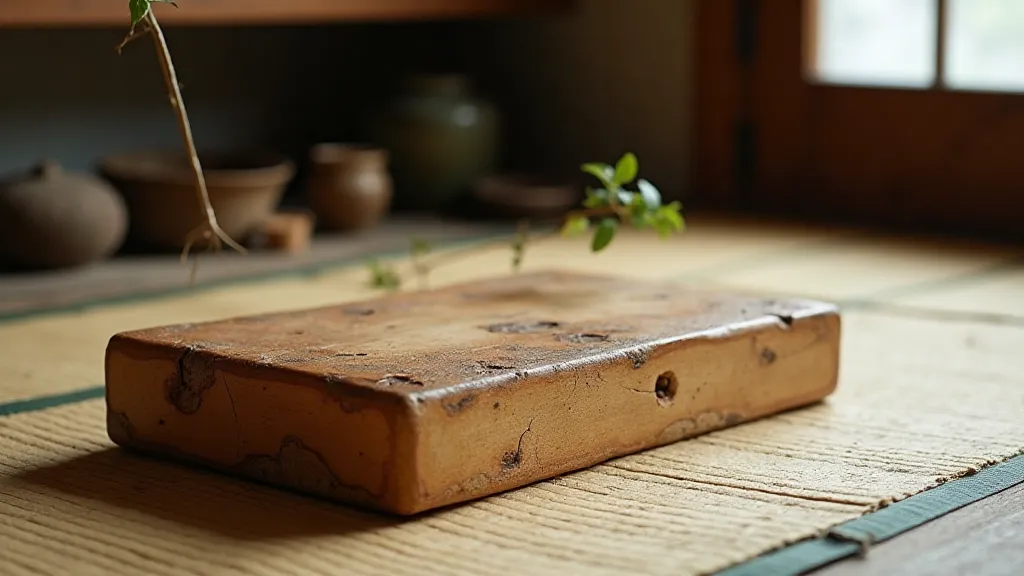
Finding Your Voice Within the Grain
For those seeking to explore the art of Mokuhanga, it’s crucial to approach the process with humility and respect. Listen to the wood. Feel its weight. Observe its grain. Don’t try to force it to conform to your will. Instead, allow it to guide you, to inspire you. Embrace the imperfections, learn from your mistakes, and find your own voice within the grain. The journey may be challenging, but the rewards – the satisfaction of creating something beautiful and enduring, the connection to a rich artistic tradition – are immeasurable.
Restoration of antique Mokuhanga blocks is best left to experienced conservators. The inherent fragility of the wood and the delicate nature of the carving require specialized knowledge and techniques. However, appreciating the history and craftsmanship of these blocks, carefully preserving them from further damage, and sharing their stories is a worthwhile endeavor for any enthusiast.
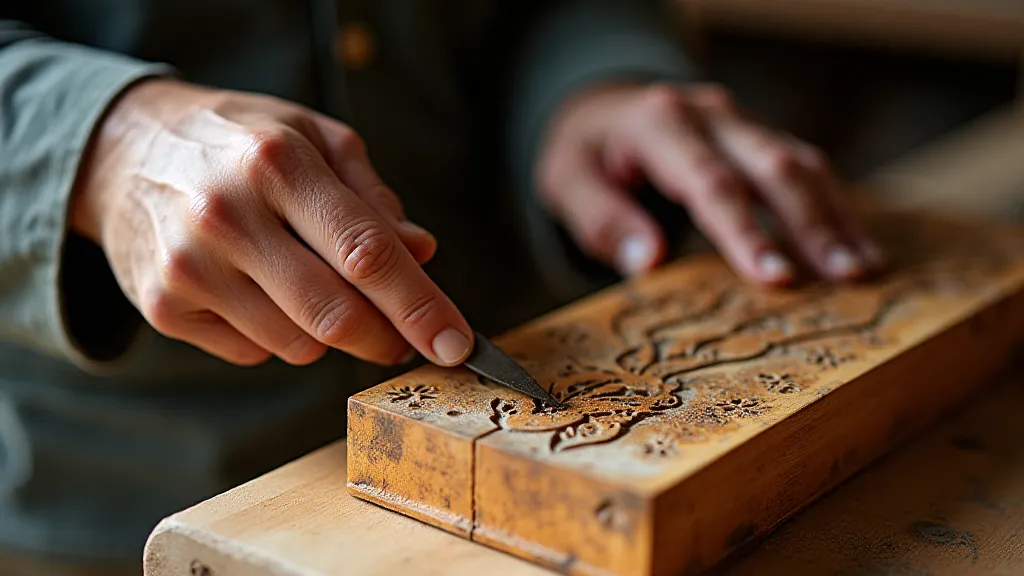
The weight of grain isn't just about the physical weight of the wood; it’s about the weight of tradition, the weight of responsibility, and the weight of beauty. It’s a reminder that true artistry lies not in controlling the material, but in collaborating with it, finding strength and vulnerability in its inherent nature.


